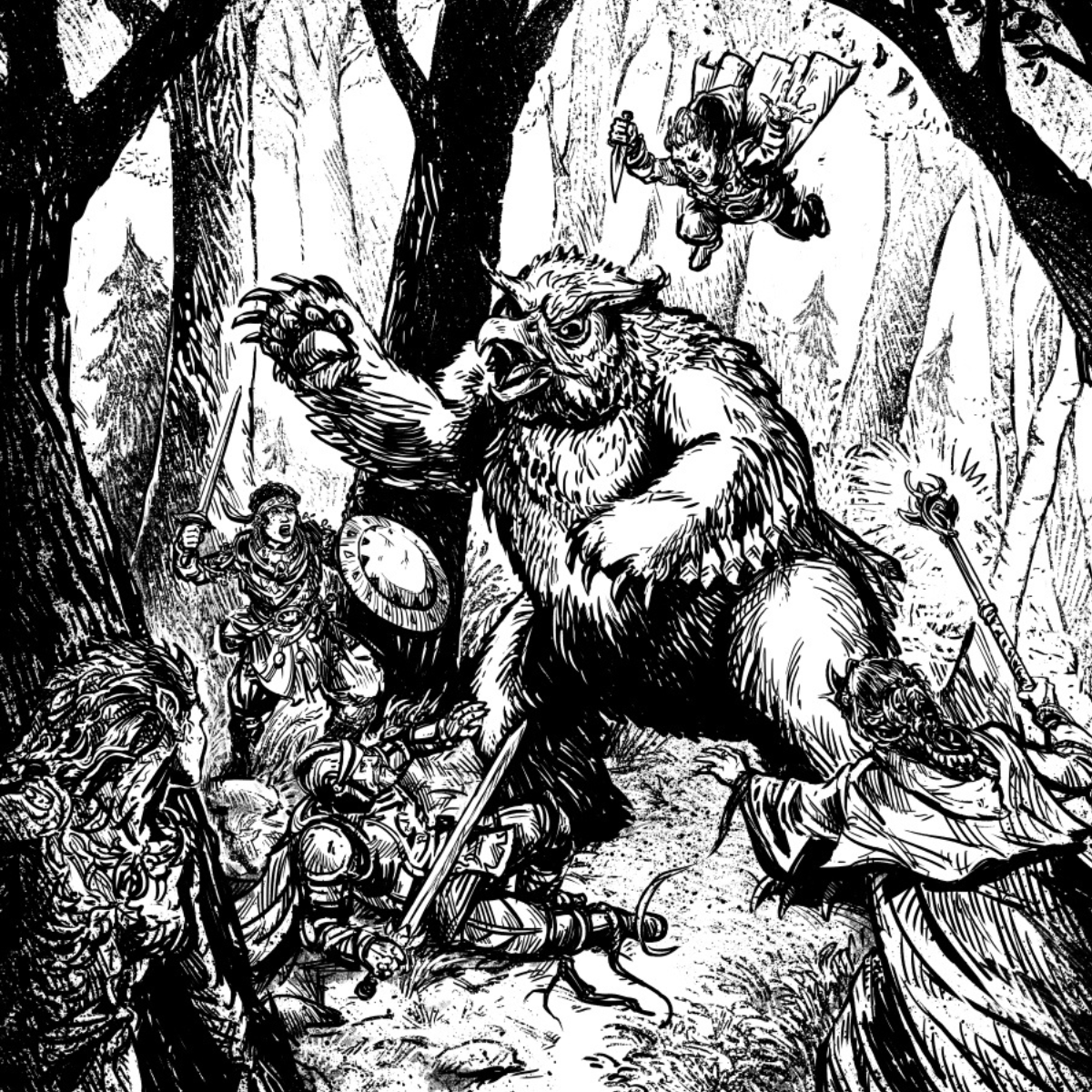12 Features of a Black Dragon's Lair
A black dragon’s lair is rarely nothing more than a dismal, sunken cave stuffed full of treasure. Black dragons are wily, cunning and in-tune with the surrounding environment. Their lairs reflect their intrinsic connection with the surrounding swamp or marsh.
Use the table below, to add major features of interest to the black dragon’s lair. Such features are both flavoursome and things for the PCs to interact with as they explore the lair.
A large pool of fetid, dirty swamp water covers the floor in this area. In places, the water is almost ten-foot deep; sometimes the dragon bathes here.
A wide swath of deep, glutinous mud covers the ground. The mud smells noxious and is thigh-deep in places. If the dragon has recently passed by here, its tracks are visible in the mud.
A tangle of roots grows down through the ceiling and quests almost all the way to the floor. The roots form a thick curtain of sorts and obscures whatever lurks beyond. Things might live in the roots or perhaps the dragon has interwoven pieces of metal in the fibrous growths. Incautious PCs passing through the roots cause the broken shields, bits of armour and so on to jangle together.
A sinkhole pierces the lair’s ceiling; mud, fetid swamp water and the occasional swamp denizen fall into the hole and end up in the dragon’s lair. Faint light filters down through the sinkhole dimly illuminating the surrounding area. If the sinkhole is wide enough, the dragon may use it as a secondary way into and out of its lair.
A large rotting tree trunk, its leaves branches ripped off lies on its side in the mud. Mud coats the trunk, which must be climbed over to get further into the lair.
Part of one wall has collapsed creating a viscous field of mud and rubble which partially blocks the corridor. Perceptive characters notice the wall around the collapsed area is pockmarked with acid scars and slightly melted in places. Characters digging through the rubble—a long, dirty job—may discover the remains of some of the dragon’s foes (Perhaps, some of the interlopers’ equipment has also survived).
Mosquitos, and other annoying, biting, insects, swarm in this area. They greedily attach onto any exposed skin and generally make the explorers’ lives miserable.
A high, steep bank of mud cuts the area in half. Several small dirty rivulets flow down the escarpment creating a small pool at its base. Explorers climbing the bank discover it is slippery, and they get muddy.
A few cut and dressed stones sunk into the mire hint at some ancient stone wall or other building. Investigations reveal indistinct carvings worn down by immersion in water and mud decorating some of the stones.
Deep bogs, intermingled with shallower pools only about one-foot deep, pockmark the floor. The deep bogs are almost four-foot deep.
Foul swamp water oozes down the walls of this low-lying area. The floor appears to be normal—just mud—but is in fact quicksand almost 15 ft deep.
The ceiling is unstable and riven with deep cracks. Excessive noise—the sounds of a loud combat—or explosive spells or the dragon’s breath weapon striking the ceiling causes it to collapse, burying everyone under piles of sodden mud.
Want More?
This article is an extract from GM's Miscellany: 20 Things V. Add the book to your GM’s toolkit today! Alternatively, check out the 20 Things Archive for more handy, flavoursome and time-saving 20 Things articles ready for immediate use in your campaign.
Design Creighton Broadhurst Art Matt Morrow


